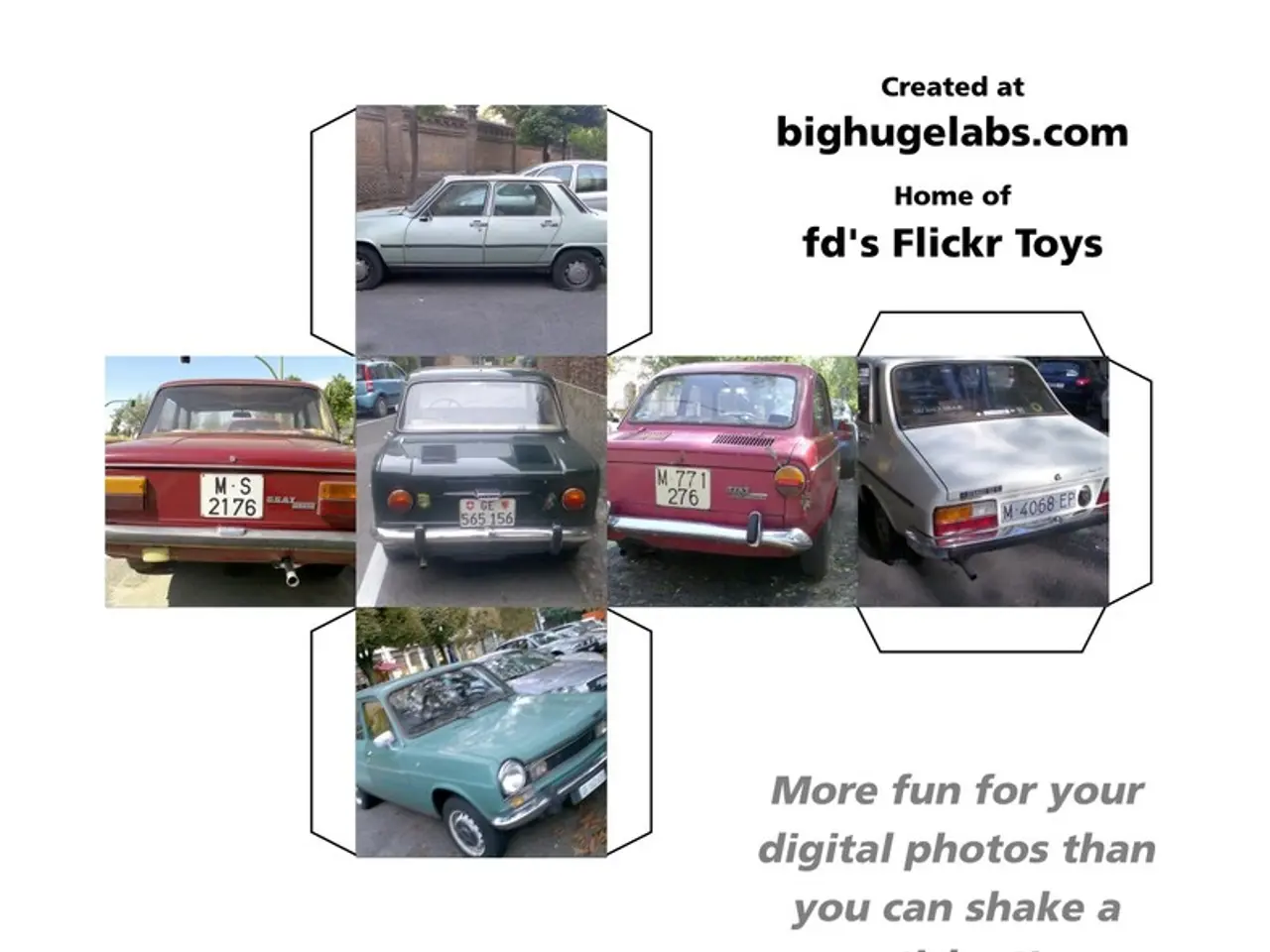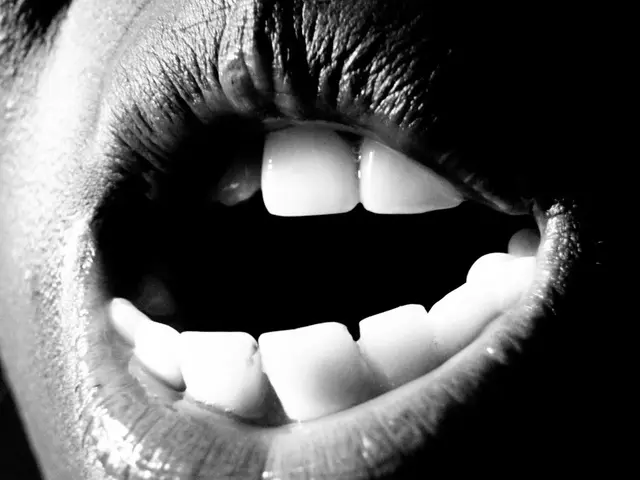Impacts of Driving While Tired and the Legal Implications of Extreme Exhaustion
Drowsy driving, a hidden danger on the roads, is responsible for thousands of accidents each year in the United States. This National Safety Month, it's crucial to raise awareness about the issue and understand the legal implications and evidence used to prove fatigue-related liability in a drowsy driving crash.
Legal Implications
While drowsy driving itself may not be explicitly illegal in many states, including Georgia, drivers can still face charges such as reckless driving, negligent driving, or vehicular homicide if fatigue caused unsafe driving leading to an accident with injury or death. Liability can extend not just to the driver but potentially to employers (e.g., trucking companies) if they pressured or required excessive hours that led to fatigue.
In civil cases, the plaintiff must prove by a preponderance of the evidence (more likely than not) that fatigue was a cause of the crash. Legal defenses may consider comparative fault, where the victim’s actions may reduce total damages if shared responsibility exists.
Types of Evidence Used to Prove Fatigue-Related Liability
An Atlanta car accident lawyer seeking to prove fatigue-related liability in a drowsy driving crash would rely on a combination of legal principles and types of evidence to establish that the driver’s fatigue caused or contributed to the accident.
- Driver Logs and Electronic Logging Device (ELD) Data: Showing how many hours the driver worked or drove before the accident, to identify violation of hours-of-service limits or excessive on-duty time.
- Surveillance and Dash Cam Footage: Capturing erratic driving behavior, lane drifting, or signs of drowsiness like yawning or closed eyes.
- Witness Statements: Observations from coworkers, passengers, or bystanders who saw signs of sleepiness or erratic behavior before the crash.
- Medical Records and History: Including evidence of sleep disorders, use of medications that cause drowsiness, or previous complaints of fatigue.
- Accident Scene Analysis: Physical evidence such as lack of skid marks may indicate delayed reaction times consistent with fatigue.
- Company Records and Policies: Documentation about scheduling practices, dispatch communications, or safety training that may reveal employer liability.
- Expert Testimony: Accident reconstruction experts and sleep specialists may provide insights into how fatigue affected the driver’s ability to operate the vehicle safely.
- Behavioral Indicators: Evidence of poor judgment and slowed reactions at the time of the crash, which can be linked to fatigue.
The Importance of Legal Guidance
The physical and financial toll of drowsy-driving crashes can be severe, with victims often suffering injuries like traumatic brain injuries and spinal damage, and facing medical bills, lost wages, and reduced earning capacity. Insurance adjusters often downplay injuries or try to shift blame in drowsy driving crashes, and legal support can help protect your claim.
Having experienced legal guidance can make all the difference in your recovery after a drowsy driving crash involving injuries. Even small amounts of alcohol can amplify drowsiness, and the effects on reaction time and awareness can be especially dangerous when combined. Commercial drivers, shift workers, drivers with sleep disorders, teens, and young adults face a higher risk of drowsy driving.
Sleep deprivation can be as dangerous as drunk driving, with going 24 hours without sleep being equivalent to having a BAC of 0.10%, over the legal limit. This National Safety Month, let's take a stand against drowsy driving and ensure our roads remain safe for everyone.
- Employers, such as trucking companies, can face liabilities if they pressured or required excessive hours from drivers, leading to fatigue and subsequent accidents.
- In civil cases, a plaintiff must prove by a preponderance of the evidence that fatigue was a cause of the crash, while legal defenses may consider comparative fault.
- To establish fatigue-related liability in a drowsy driving crash, an attorney might use evidence like driver logs, surveillance footage, witness statements, and medical records.
- Physical evidence at the accident scene, like a lack of skid marks, can indicate delayed reaction times consistent with fatigue, while company records and policies may reveal employer liability.
- Expert witnesses, such as accident reconstruction experts and sleep specialists, can provide insights into how fatigue affected the driver's ability to operate the vehicle safely.





